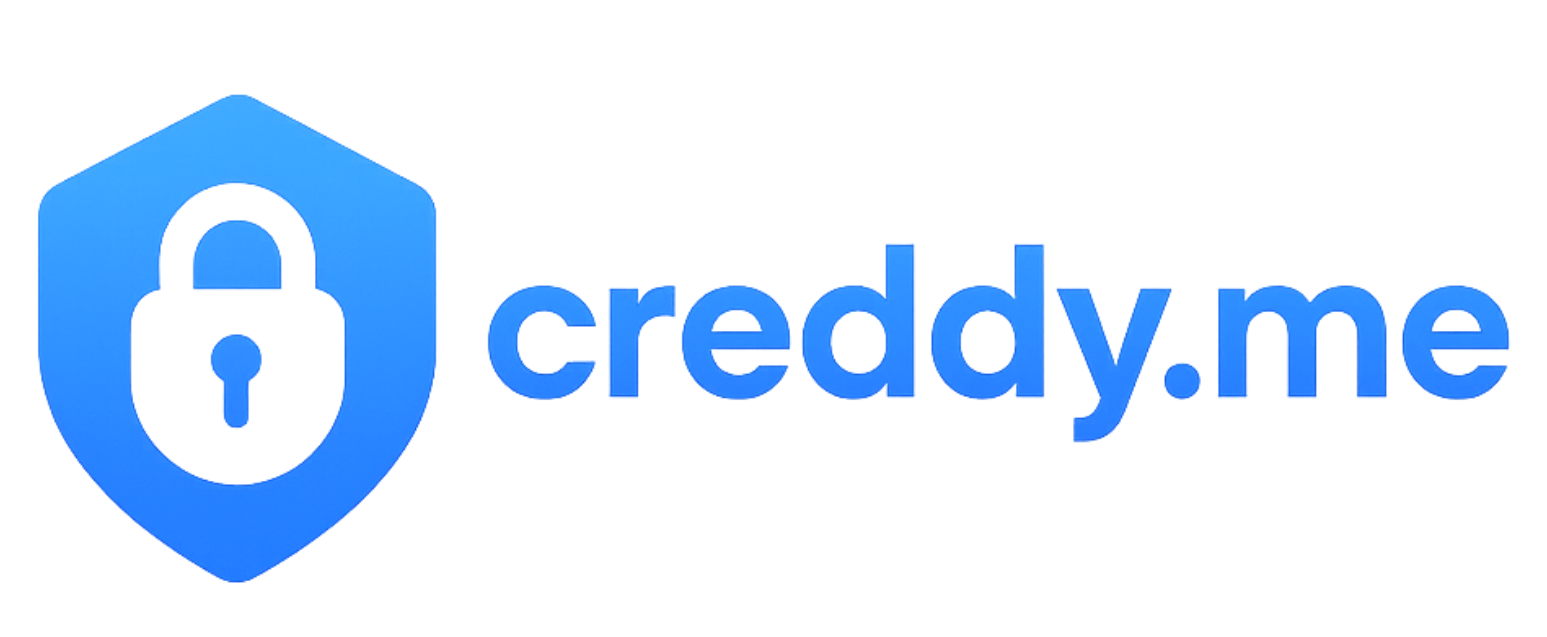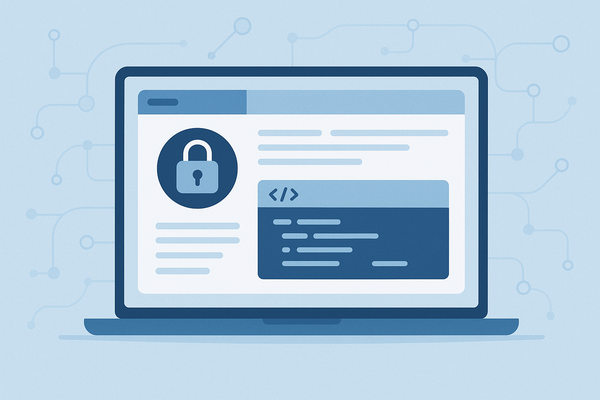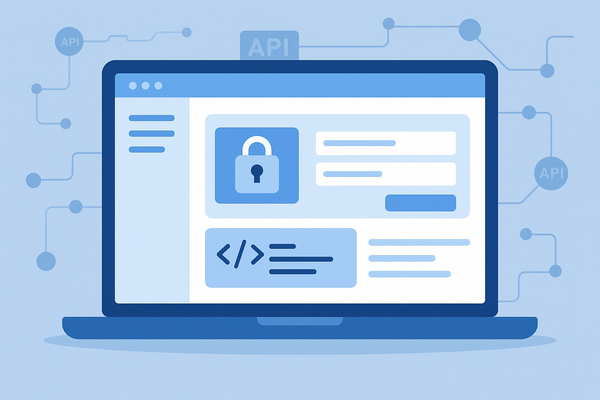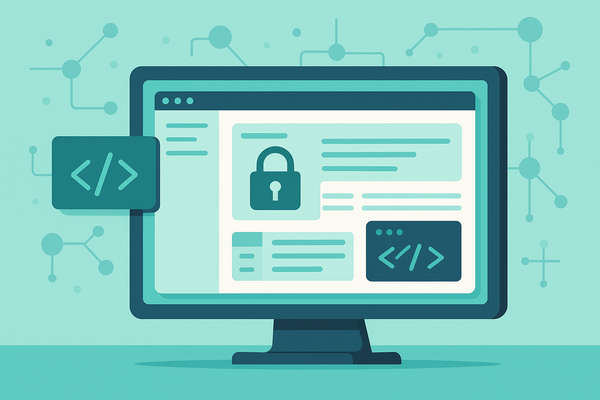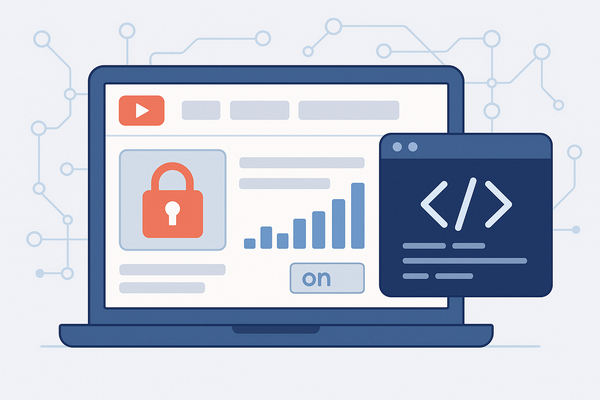How to Generate Microsoft Dynamics CRM OAuth 2.0 credentials - Step-by-Step Tutorial
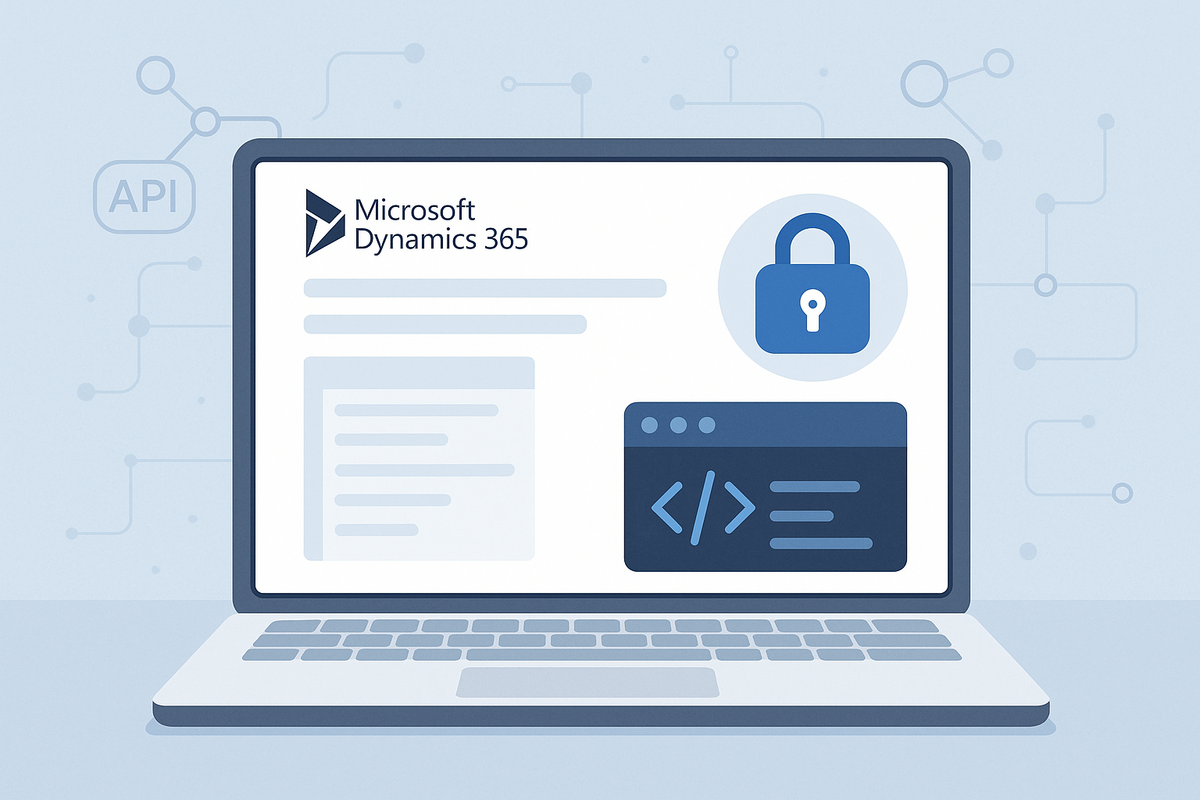
How to Generate Microsoft Dynamics CRM OAuth 2.0 credentials - Step-by-Step Tutorial
Ever been stuck in that frustrating loop where you know you need to connect Microsoft Dynamics CRM to another platform, but you're not quite sure how to get the right credentials? You're not alone! Many people get confused about whether they need an API key, OAuth credentials, or some other type of authentication. Here's the thing: Microsoft Dynamics CRM primarily uses OAuth 2.0 for secure integrations, not traditional API keys. This modern authentication method is actually more secure and flexible than old-school API keys, giving you granular control over what data gets accessed and when. Let's walk through exactly how to set this up so you can start automating your CRM workflows like a pro.
What's a Microsoft Dynamics CRM OAuth 2.0? (The Simple Version)
Think of OAuth 2.0 as a special digital key that doesn't just unlock one door, but gives you specific permissions to different rooms in your Microsoft Dynamics CRM house. Unlike a simple password, OAuth credentials are like having a smart security system that knows exactly what each visitor is allowed to do.
Here's what your OAuth 2.0 credentials enable you to do:
- Automatically sync customer data between platforms
- Create and update CRM records from external applications
- Pull reports and analytics data for dashboards
- Trigger automated workflows based on CRM events
- Integrate with marketing tools, support platforms, and business apps
The beauty of OAuth 2.0 is that it's both secure and flexible—you can control exactly what permissions to grant without sharing your main login credentials.
Ready to Generate Your OAuth 2.0 Credentials?
The process is more straightforward than you might think. Follow along with this step-by-step tutorial, and you'll have your credentials ready in just a few minutes.
Pro tip: Once you've generated your credentials, copy them immediately and store them in a secure location. You might not be able to view the client secret again once you navigate away from the page.
Are you a service provider looking to collect credentials from your clients? Try Creddy.me for free and collect your credentials in minutes, not days.
Why Would You Want This OAuth 2.0 Anyway?
The 'Aha!' Moments:
🔥 Automated Lead Management
New website lead comes in → automatically creates contact in Dynamics CRM → assigns to right sales rep → triggers follow-up sequence → increases conversion rates by 40%
📊 Real-Time Dashboard Creation
CRM data updates → automatically syncs to business intelligence tools → creates live sales dashboards → enables data-driven decisions → improves team performance tracking
🤝 Customer Support Integration
Support ticket created → pulls customer history from CRM → provides context to support agent → faster resolution times → happier customers
💰 Revenue Analytics Automation
Deal stages change → updates financial forecasting tools → generates automated reports → sends alerts for pipeline changes → improves sales predictions
Real-World Integration Examples:
- HubSpot: Sync contacts and deals between marketing and sales platforms
- Mailchimp: Automatically update email lists based on CRM segments
- Zapier: Create automated workflows connecting CRM to 5000+ other apps
- Power BI: Build comprehensive sales and marketing dashboards
- Slack: Get notifications when important deals move through your pipeline
Keep Your OAuth 2.0 Safe (It's Easier Than You Think)
Here are the four golden rules for keeping your credentials secure:
- Never share them publicly: Don't post them in forums, emails, or code repositories
- Store them securely: Use a password manager or secure environment variables
- Rotate them regularly: Generate new credentials periodically, especially if team members leave
- Use least privilege: Only grant the minimum permissions needed for your specific use case
Quick Test: Once you've set up your integration, test it with a small, non-critical data set first to make sure everything works as expected.
The Professional Way to Collect Client Credentials
"Hey, I need your Microsoft Dynamics CRM OAuth credentials to set up your integration."
"Um... what? How do I get those? This sounds complicated..."
Sound familiar? If you're a consultant, developer, or service provider, you've probably had this exact conversation. Your clients want the results, but the credential collection process often becomes a bottleneck that delays projects and frustrates everyone involved.
What if there was a better way? Instead of sending your clients through complex tutorials and hoping they don't get stuck, you could send them a simple, branded portal where they can securely connect their Microsoft Dynamics CRM in just a few clicks. That's exactly what Creddy.me does—it transforms the credential collection process from a technical hurdle into a smooth, professional experience.
Before: Days of back-and-forth emails, confused clients, and delayed projects.
After: Clients connect their accounts in minutes, you get notified instantly, and projects move forward seamlessly.
Ready to streamline your credential collection process? Try Creddy.me for free and see how much time you can save.
What's Next?
Congratulations! You now have your Microsoft Dynamics CRM OAuth 2.0 credentials and understand how to use them securely. These credentials open up a world of integration possibilities—from simple data syncing to complex automated workflows. Whether you're connecting to marketing tools, support platforms, or business intelligence systems, you're now equipped to make it happen. And remember, if you're managing credentials for multiple clients or projects, Creddy.me supports over 200 platforms to make your workflow even smoother.
2024
